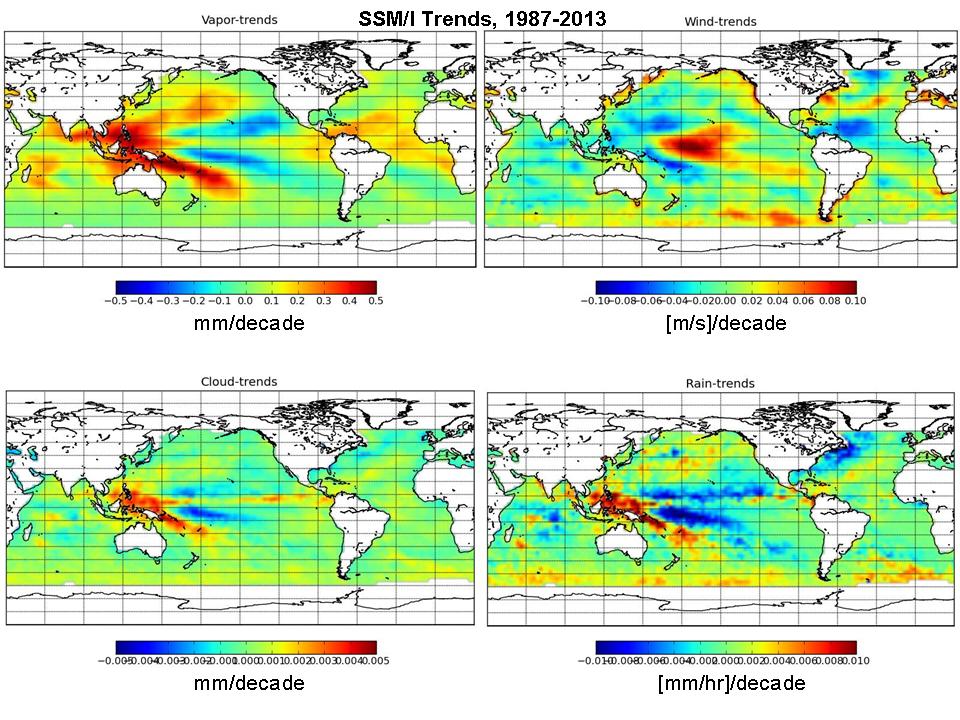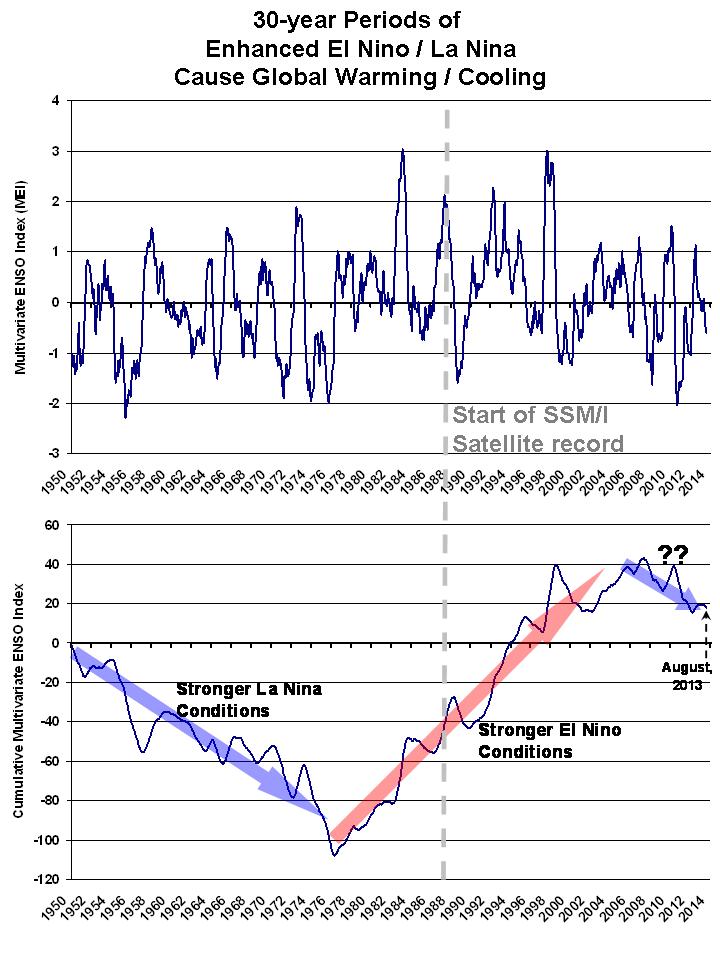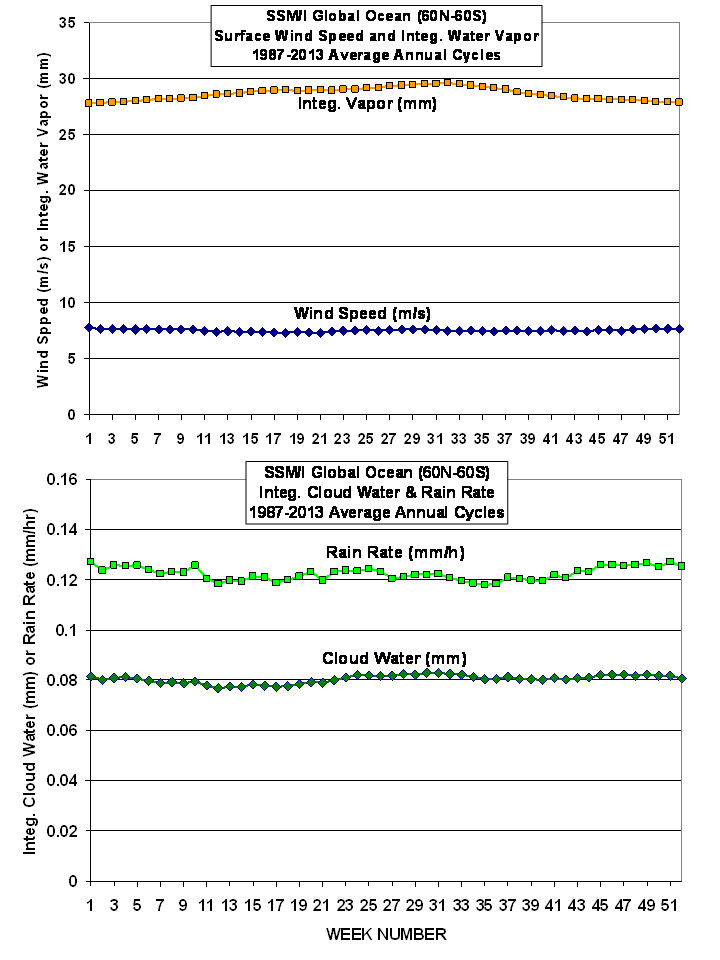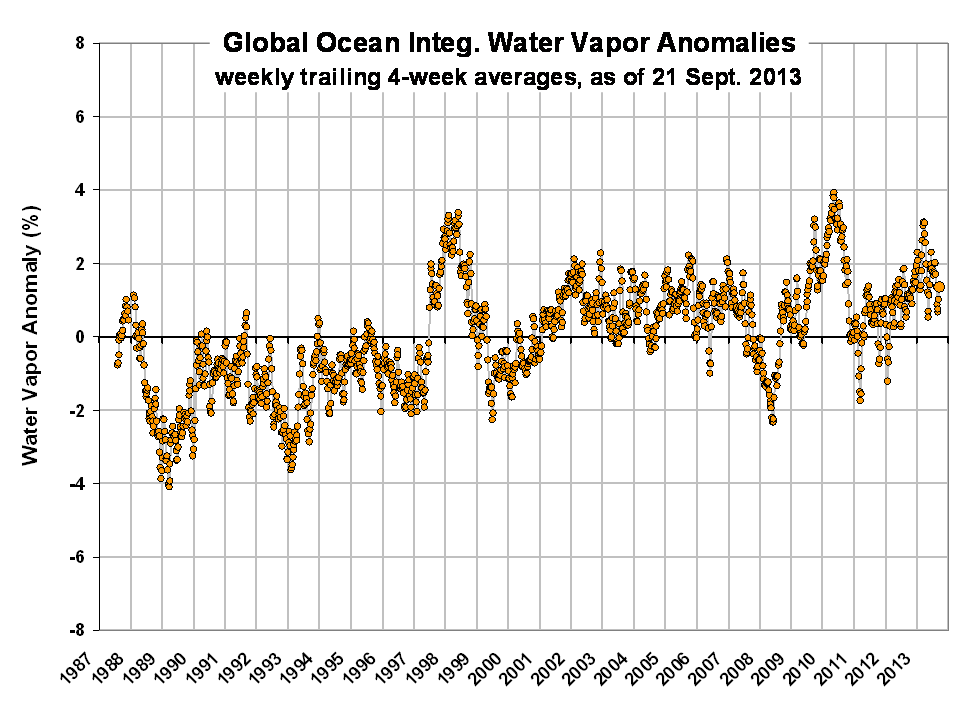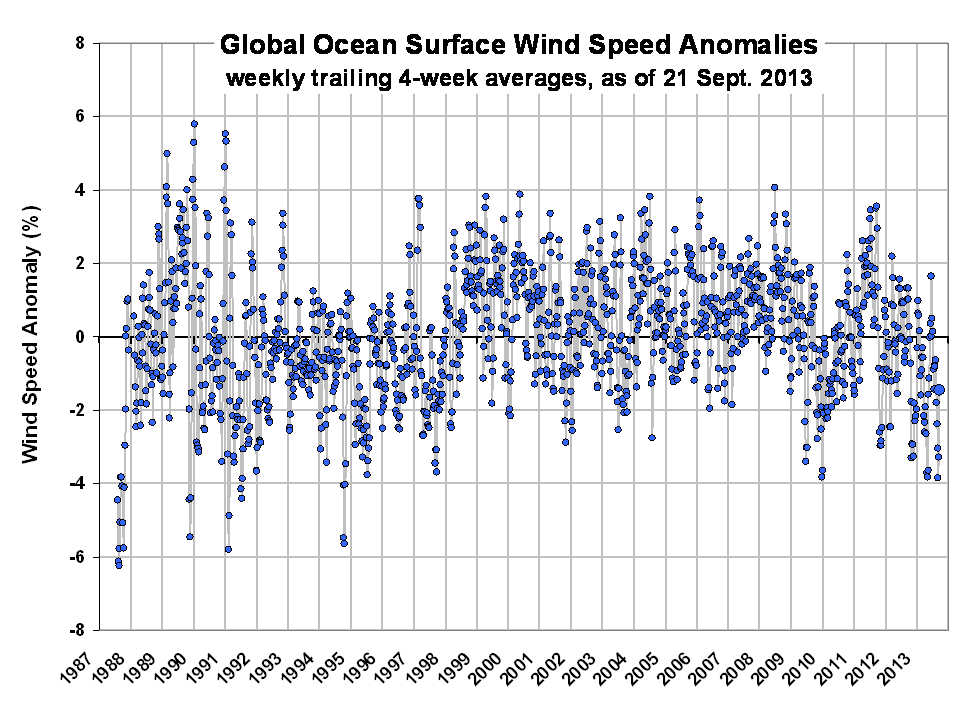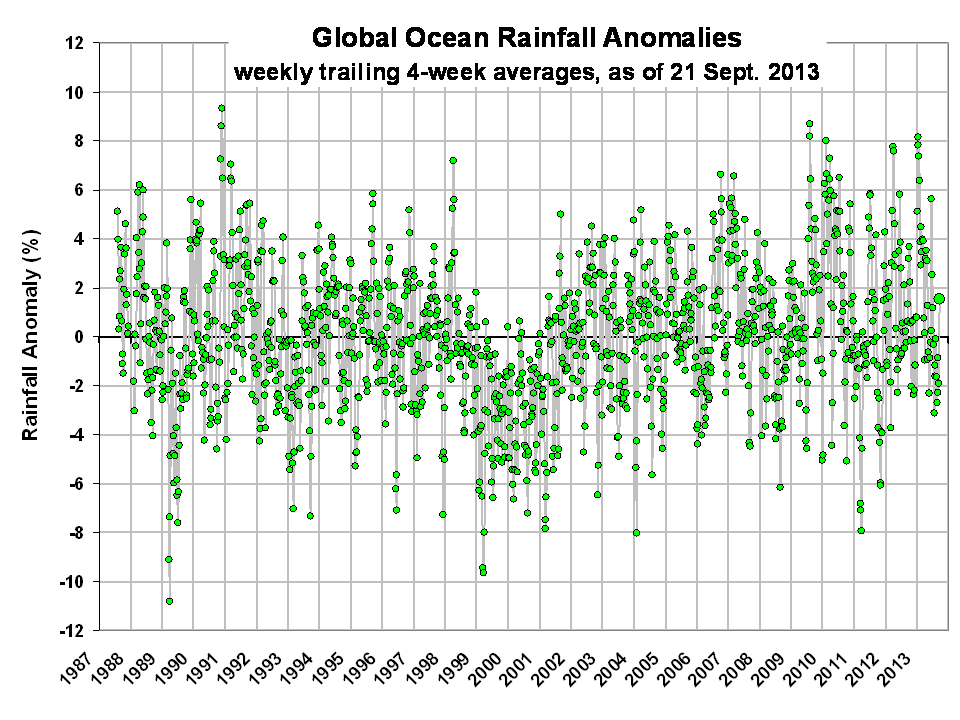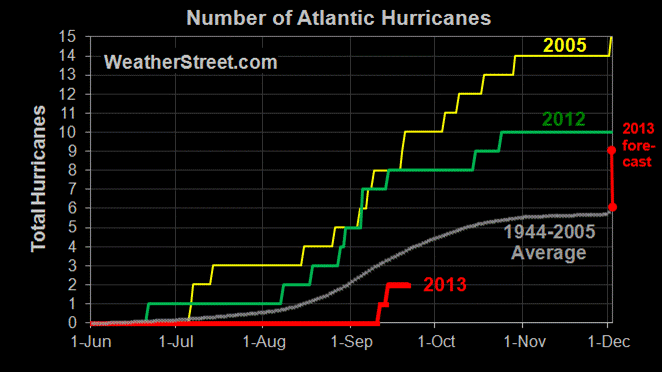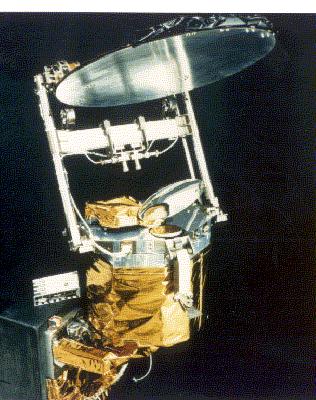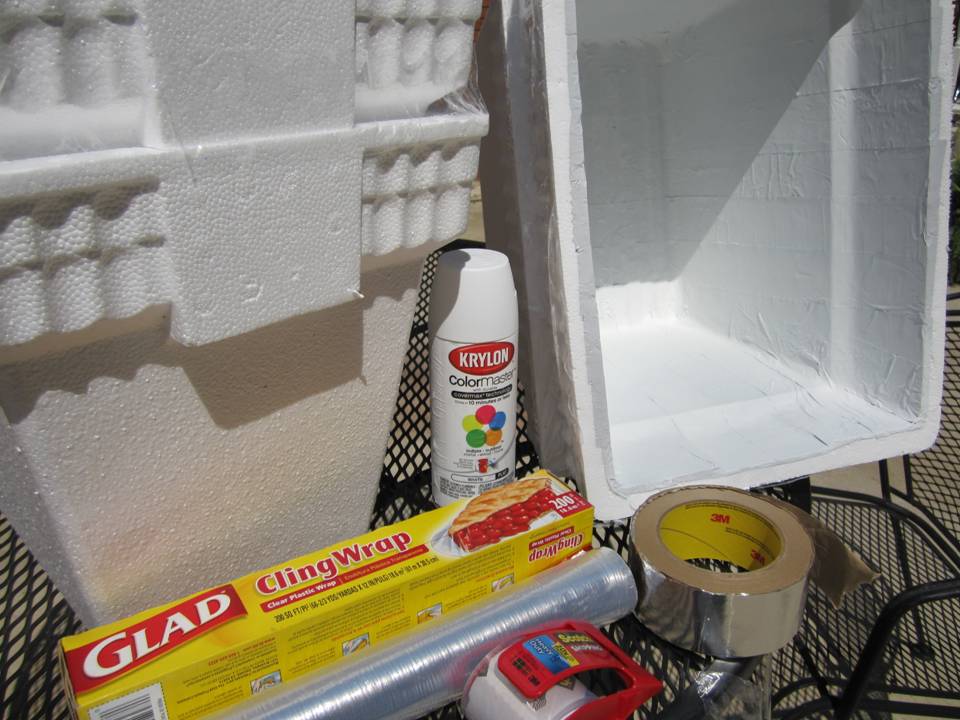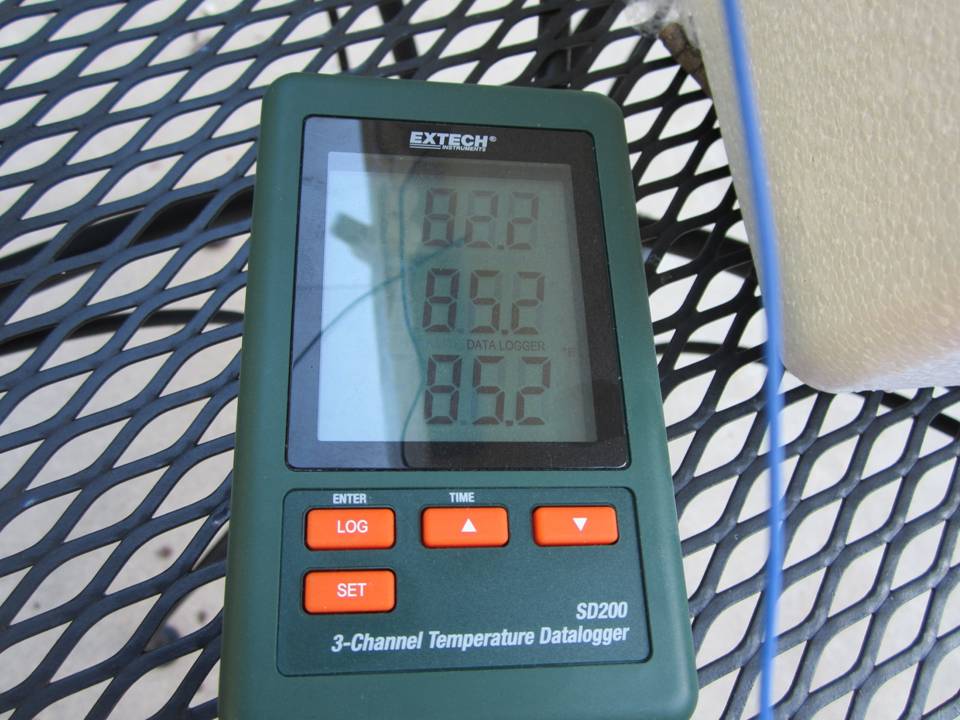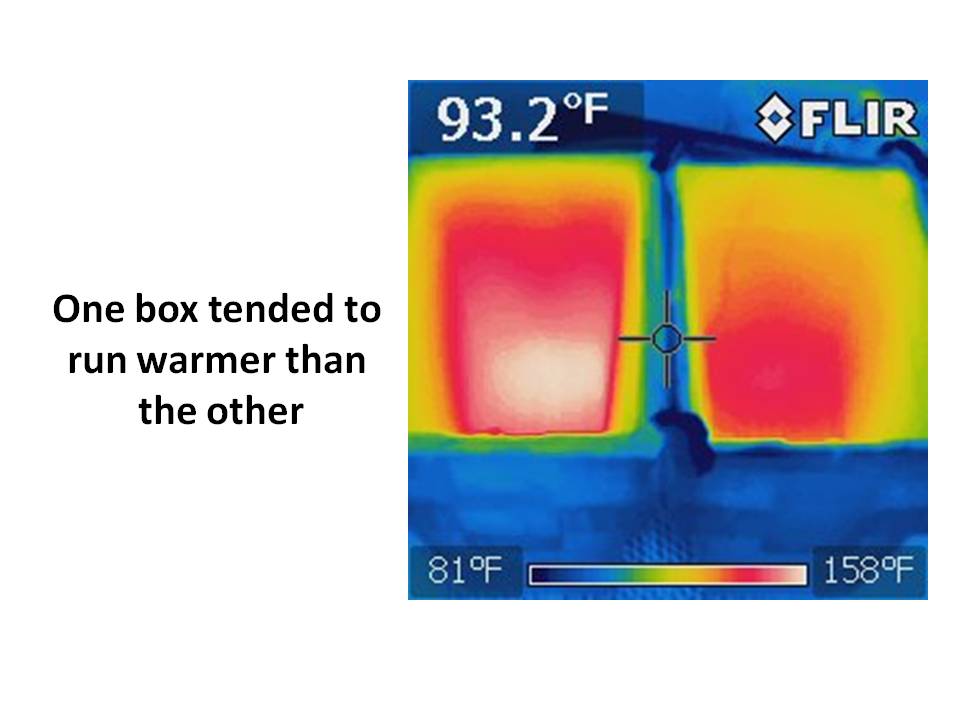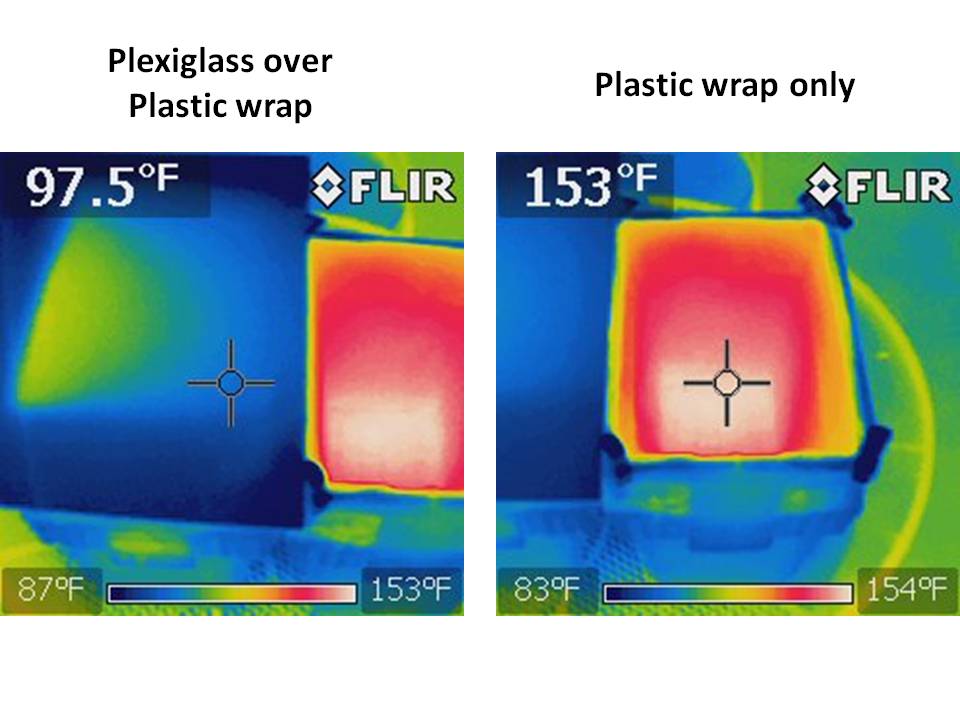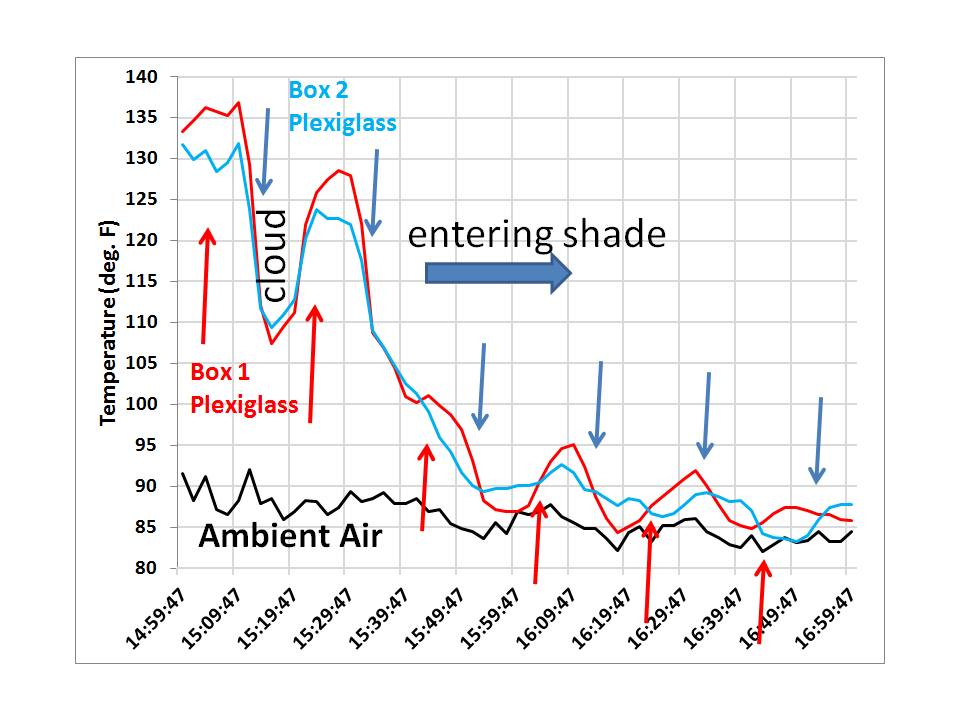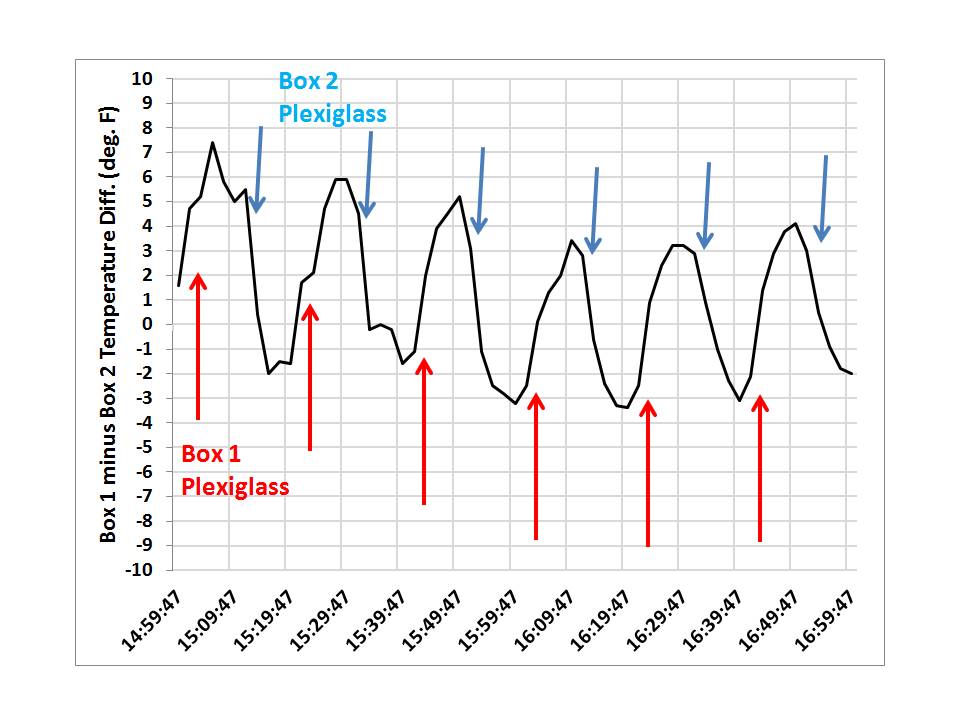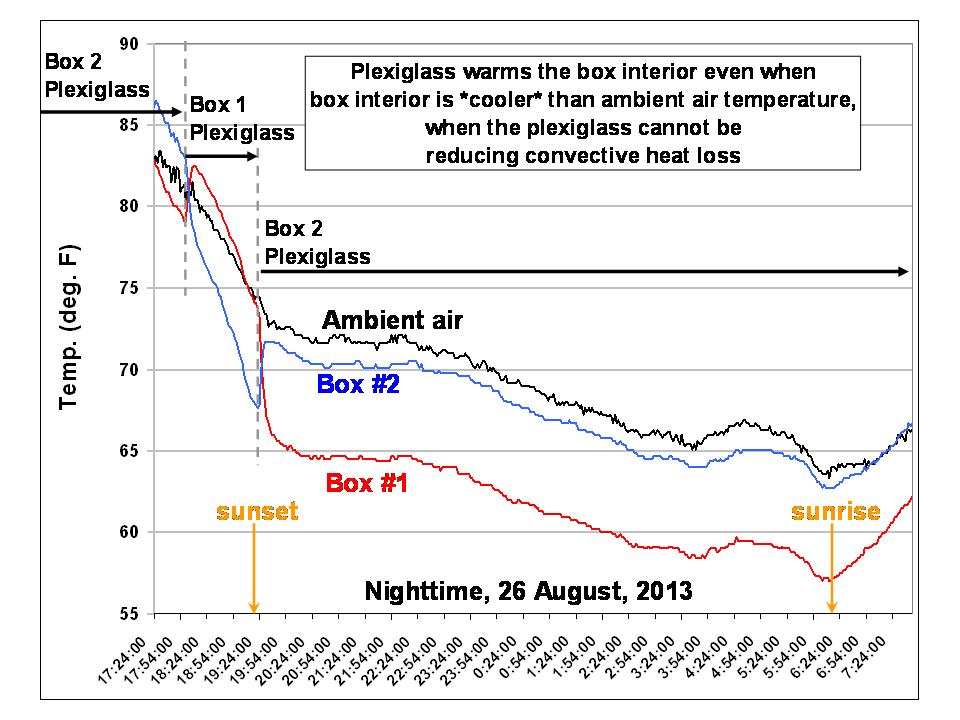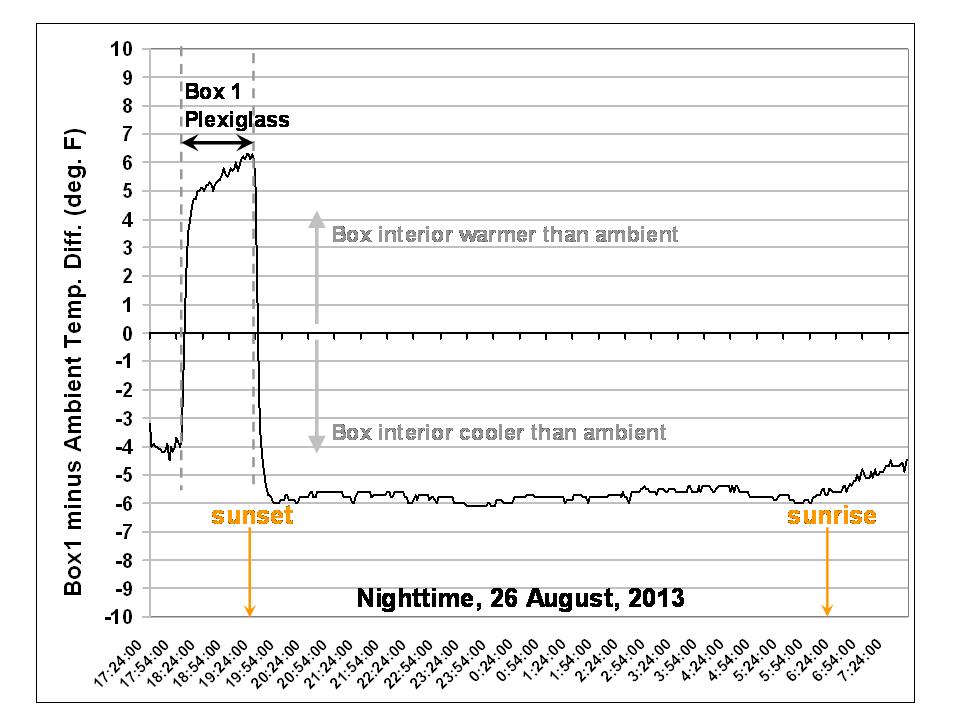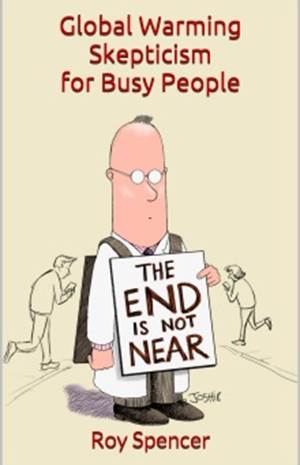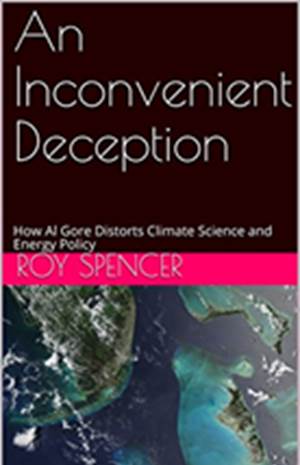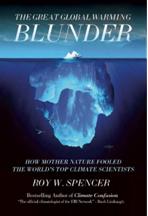Much is made in some circles of R.W. Wood’s 1909 experiment which supposedly “disproved” the “greenhouse effect”. As we shall see (below) the experiment reported on in the literature has only cursory detail. It also raises questions over the ability of the setup to demonstrate anything of use to the issue of whether downward IR emission from the sky raises the average surface temperature of the Earth.
I’m finally putting together my own experimental setup, which could be easily replicated by others. We now have widely available materials which are better suited to performing the experiment, and it should be an ideal candidate for High School science experiments.
Part of my interest is the fact that at least two attempts at replicating Wood’s experiment (Pratt’s and Nahle’s) came to totally opposite conclusions(!) Vaughan Pratt has told me he is interested in revisiting the experiment he did as well.
But first, here is R.W. Wood’s original note from Philosophical Magazine (1909 Vol. 17, pp. 319-320), which most have probably not bothered to read, and which I believe reveals some serious shortcomings in his experimental setup:
XXIV. Note on the Theory of the Greenhouse
By Professor R. W. Wood (Communicated by the Author)
THERE appears to be a widespread belief that the comparatively high temperature produced within a closed space covered with glass, and exposed to solar radiation, results from a transformation of wave-length, that is, that the heat waves from the sun, which are able to penetrate the glass, fall upon the walls of the enclosure and raise its temperature: the heat energy is re-emitted by the walls in the form of much longer waves, which are unable to penetrate the glass, the greenhouse acting as a radiation trap.
I have always felt some doubt as to whether this action played any very large part in the elevation of temperature. It appeared much more probable that the part played by the glass was the prevention of the escape of the warm air heated by the ground within the enclosure. If we open the doors of a greenhouse on a cold and windy day, the trapping of radiation appears to lose much of its efficacy. As a matter of fact I am of the opinion that a greenhouse made of a glass transparent to waves of every possible length would show a temperature nearly, if not quite, as high as that observed in a glass house. The transparent screen allows the solar radiation to warm the ground, and the ground in turn warms the air, but only the limited amount within the enclosure. In the “open,” the ground is continually brought into contact with cold air by convection currents.
To test the matter I constructed two enclosures of dead black cardboard, one covered with a glass plate, the other with a plate of rock-salt of equal thickness. The bulb of a thermometer was inserted in each enclosure and the whole packed in cotton, with the exception of the transparent plates which were exposed. When exposed to sunlight the temperature rose gradually to 65oC., the enclosure covered with the salt plate keeping a little ahead of the other, owing to the fact that it transmitted the longer waves from the sun, which were stopped by the glass. In order to eliminate this action the sunlight was first passed through a glass plate.
There was now scarcely a difference of one degree between the temperatures of the two enclosures. The maximum temperature reached was about 55oC. From what we know about the distribution of energy in the spectrum of the radiation emitted by a body at 55oC., it is clear that the rock-salt plate is capable of transmitting practically all of it, while the glass plate stops it entirely. This shows us that the loss of temperature of the ground by radiation is very small in comparison to the loss by convection, in other words that we gain very little from the circumstance that the radiation is trapped.
Is it therefore necessary to pay attention to trapped radiation in deducing the temperature of a planet as affected by its atmosphere? The solar rays penetrate the atmosphere, warm the ground which in turn warms the atmosphere by contact and by convection currents. The heat received is thus stored up in the atmosphere, remaining there on account of the very low radiating power of a gas. It seems to me very doubtful if the atmosphere is warmed to any great extent by absorbing the radiation from the ground, even under the most favourable conditions.
I do not pretend to have gone very deeply into the matter, and publish this note merely to draw attention to the fact that trapped radiation appears to play but a very small part in the actual cases with which we are familiar.
Regarding Wood’s setup, the first question I have is with his use of a rock salt plate, which is indeed mostly transparent to infrared…if it is kept very dry. He said nothing regarding his efforts to keep the plate from absorbing humidity, which will affect its IR transparency. Today, we can use thin polyethylene sheets (e.g. Saran Wrap), which are about 90% transparent to IR.
The second question I have comes from this passage (emphasis added):
“When exposed to sunlight the temperature rose gradually to 65oC., the enclosure covered with the salt plate keeping a little ahead of the other, owing to the fact that it transmitted the longer waves from the sun, which were stopped by the glass. In order to eliminate this action the sunlight was first passed through a glass plate.”
Say what? He put a glass plate in front of the rock salt plate? Well, that would invalidate the experiment altogether! The point was to see whether the IR opaqueness of the glass caused warmer temperatures in the box than did the IR-transparent salt plate. If he put glass over the salt plate, then we no longer have IR transparency, do we?
Another question I have is whether the salt plate and the glass were transmitting the same levels of visible sunlight. Using Saran Wrap (for IR transparency) and Plexiglass (for IR opaqueness) should each pass around 99% over 90% of visible sunlight, from what I have read. Glass is seldom as much as 90% transparent, so it is not the best choice, in my view. The issue is important because, assuming direct sunlight, you might have 800 W/m2 of solar heating available, but a 10% difference in transparency will result in 80 W/m2 difference in how much sunlight is entering the box. This is the same as the difference between downwelling sky radiation (say, 350 W/m2) versus the downward IR emission from a plexiglass plate at 73 deg. F (assuming an IR emissivity close to 1.0).
In other words, two boxes might produce the same interior temperatures (seemingly contradicting greenhouse theory) if a glass covered box is “trapping” 80 W/m2 more IR, but the Saran Wrap covered box is letting in 80 W/m2 more visible sunlight. The covering materials need to be passing very close to the same levels of solar energy. (The IR portion of solar energy flux should be very small since the sun’s emitting temperature is so high, and most of that IR is absorbed by the atmosphere anyway before it ever reaches the ground.) You want an experimental setup where everything is close to identical, except the IR transmission characteristics of the cover material.
Anyway, this post is meant as an introduction to the experiment I will be carrying out. (I’ve talked to Anthony Watts, who might perform his own experiment at some point.) What I will be using is nested Styrofoam coolers, lined with poster board painted with Krylon #1502 flat white spray paint (0.99 IR emissivity). One cooler will be covered with two layers of Saran Wrap (or equivalent), with an air space for insulation. The other cooler will be covered with Plexiglass. Both coolers will be sealed to be relatively air-tight. I’ve done some calculations which suggest that the similarity in thermal conductivity of the covering materials will be the biggest source of uncertainty….possibly 10 W/m2 or more. Conduction through the doubled Styrofoam containers will be essentially the same, and limited to not much more than 1 W/m2.
I will be monitoring temperatures with an Extech SD200 3-probe thermometer data logger, which continuously stores 3 temperatures at regular intervals.
A few of you might recall my backyard box experiment from a few years ago, where I chilled air in a Styrofoam box. This part of the problem is also of interest to me…to see how much cooler at night the air gets in the Saran Wrap covered box than in the Plexiglass covered box. Stay tuned.
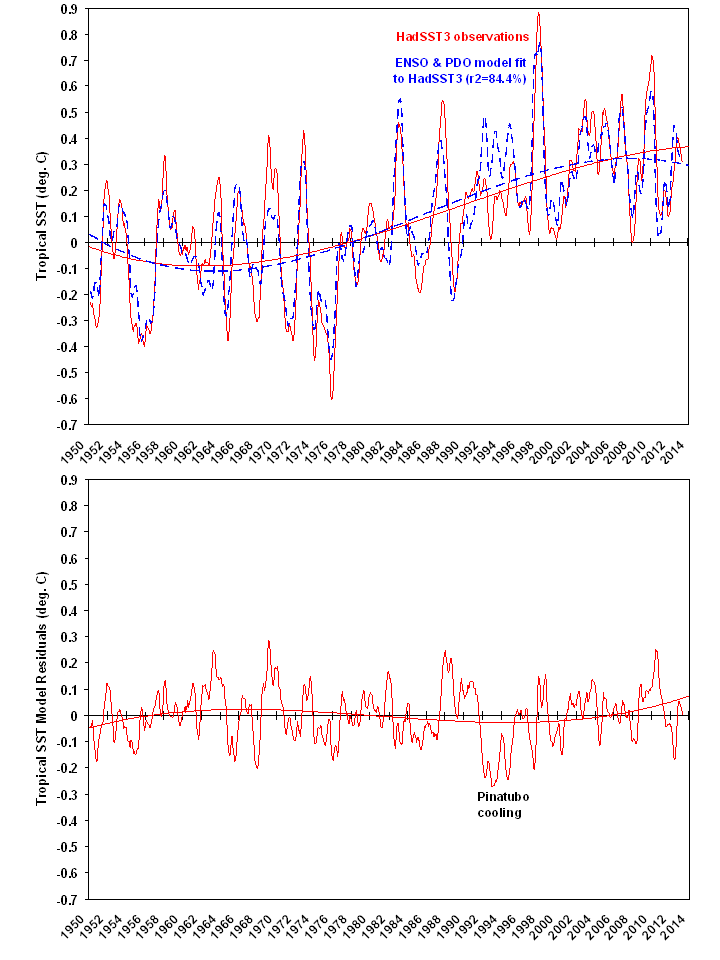

 Home/Blog
Home/Blog